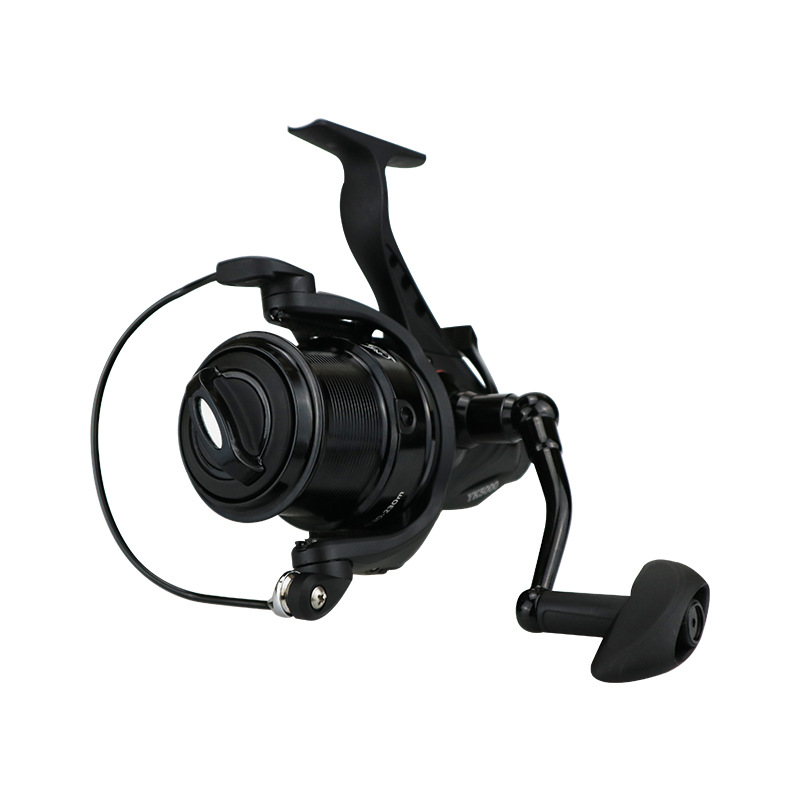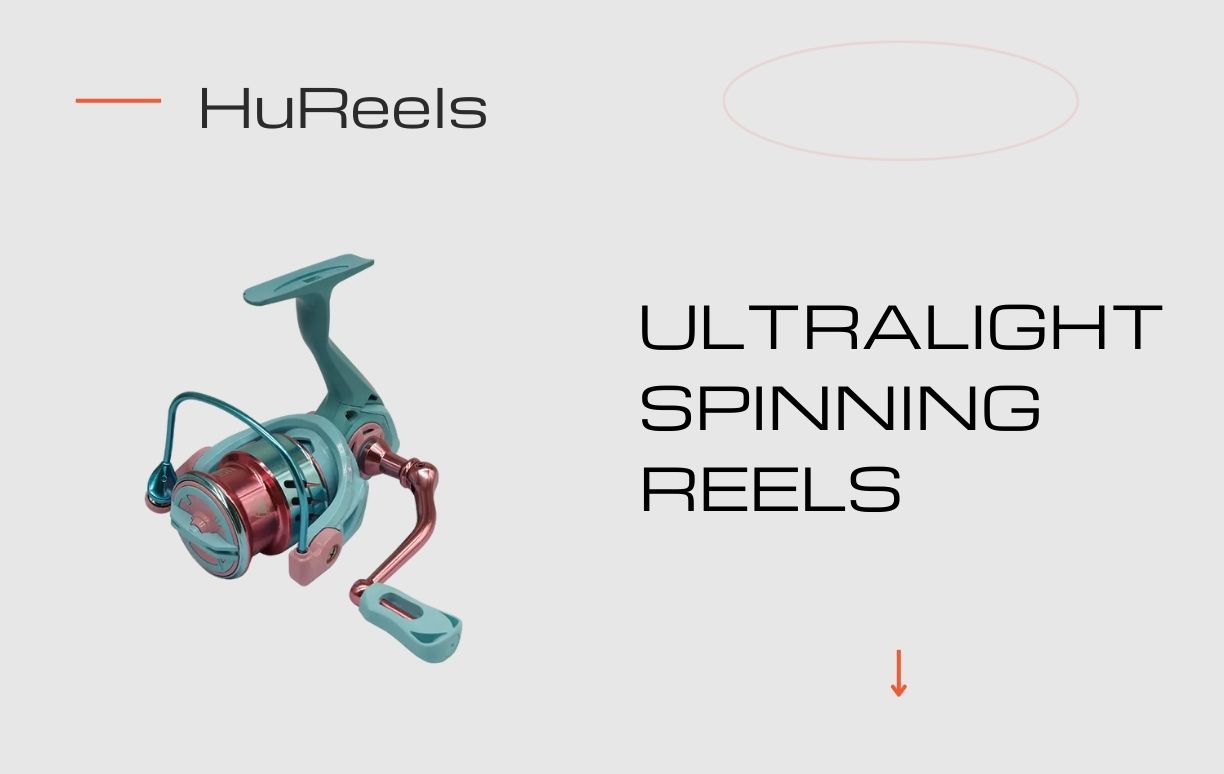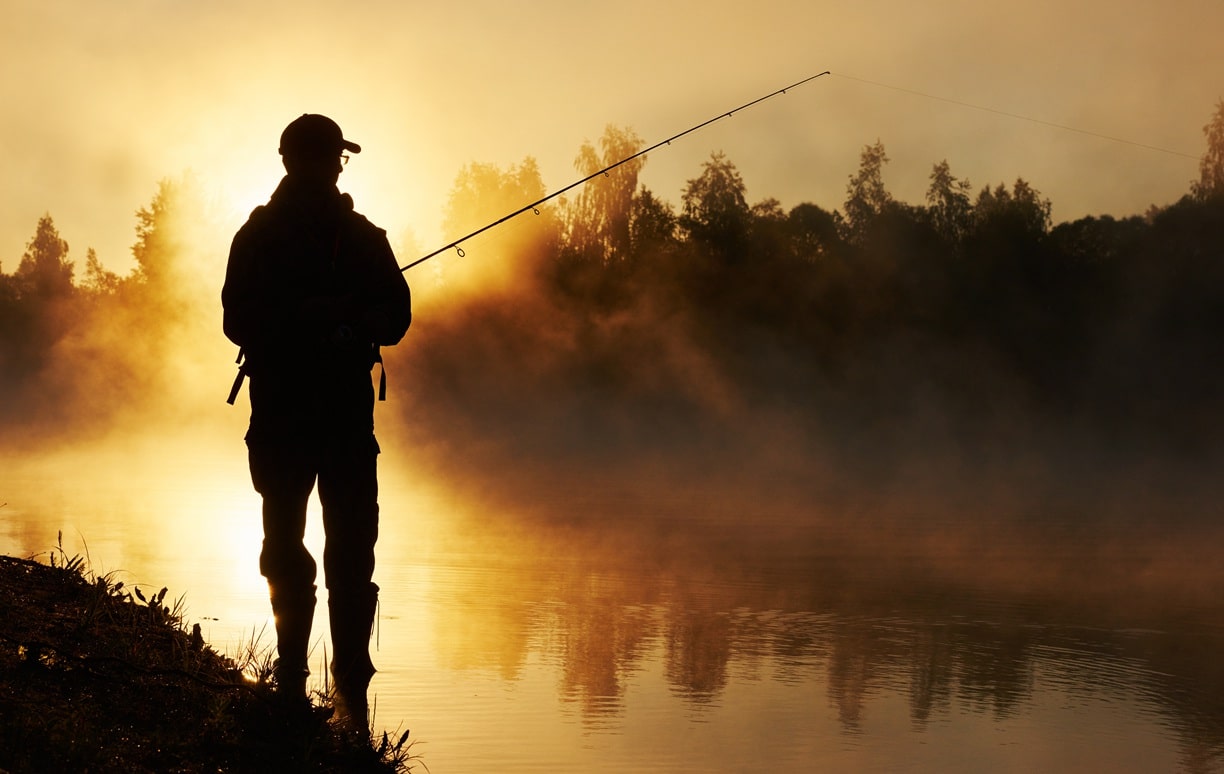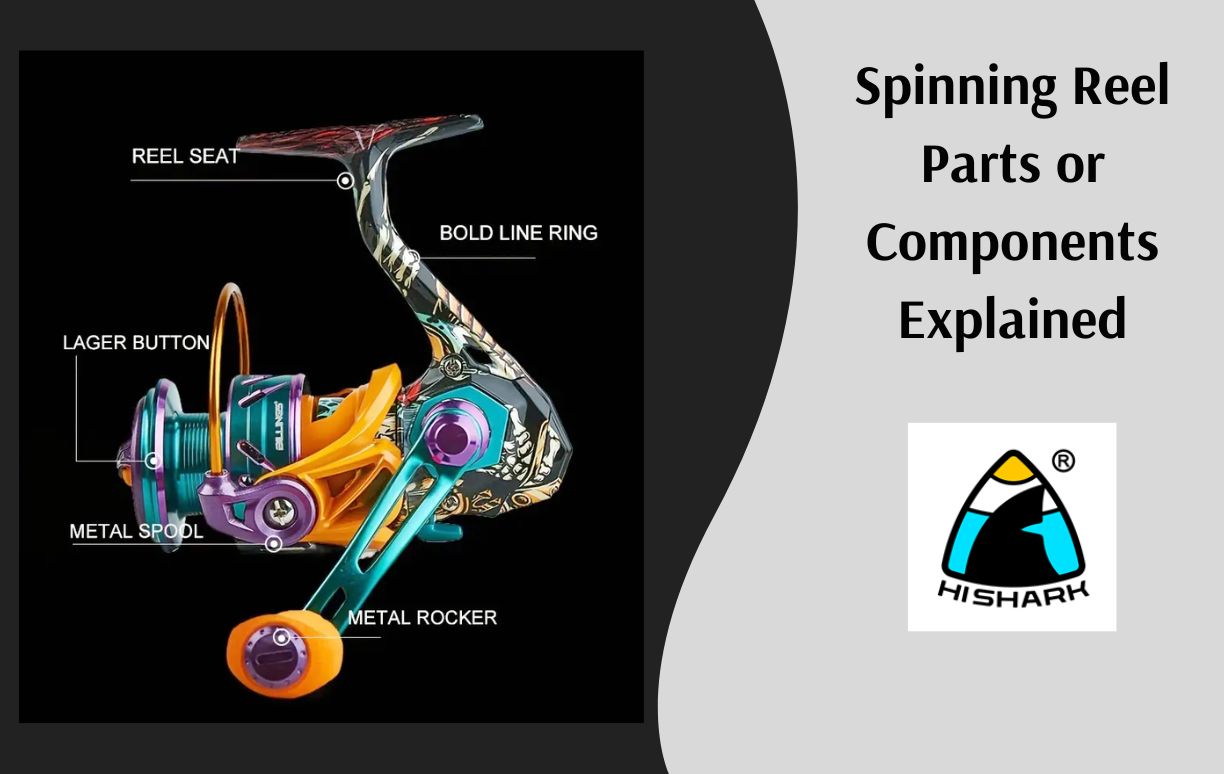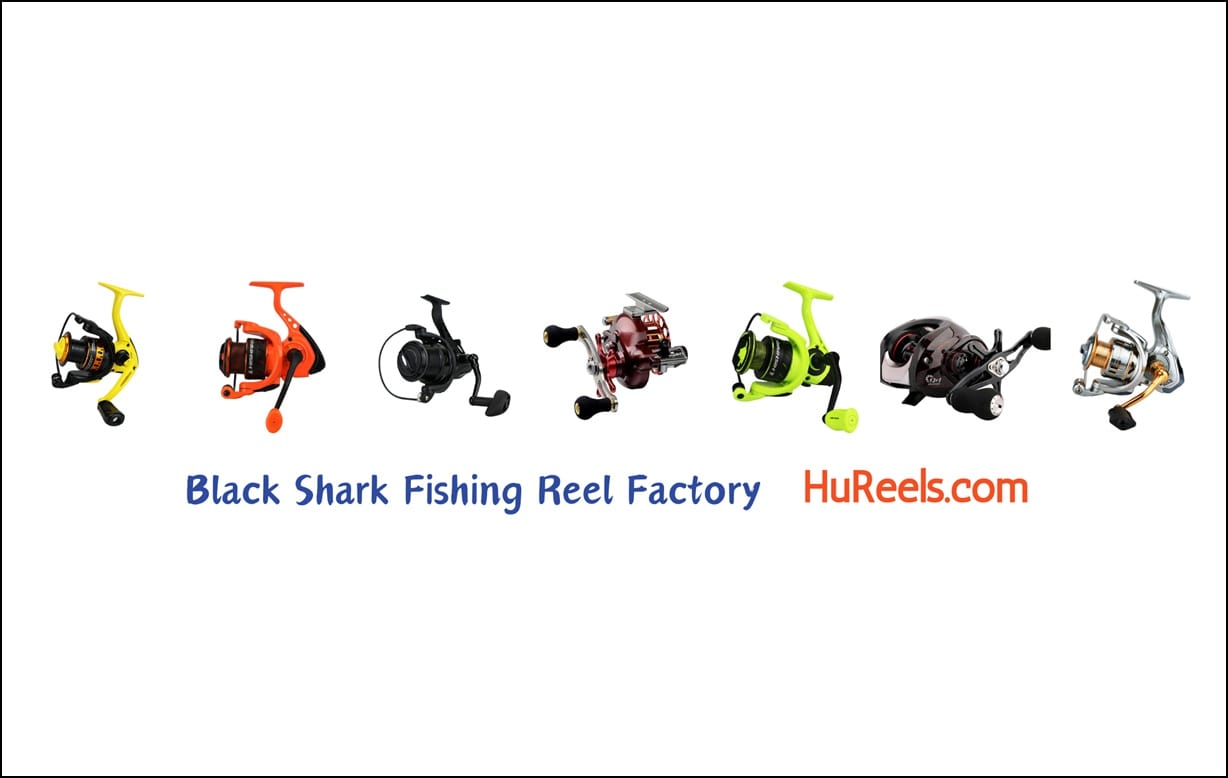
A Guideline of Spinning Fishing Gears
Spinning fishing gear represents a cornerstone in the angling world, prized for its versatility and ease of use. This article delves into the inner workings of spinning fishing gear, exploring its parts or components, mechanics, and the advantages it offers anglers of all skill levels.
Components of Spinning Fishing Gear
Understanding how fishing gear functions requires a breakdown of its key components:
Spinning Reel
The spinning reel serves as the heart of the spinning gear setup, responsible for managing and deploying the fishing line effectively. Key components include:
- Spool: houses and manages the fishing line.
- Bail: A pivotal arm that guides the line onto the spool during retrieval.
- Drag System: Controls how much resistance the fish experiences when pulling on the line.
- Handle: Used by the angler to retrieve the line after casting.
Fishing Rod
The fishing rod provides support for the reel and offers the necessary leverage for casting and retrieving fish. Essential parts include:
- Blank: The core structure of the rod.
- Guides: Rings on the fishing pole guide the line.
- Reel Seat: Where the spinning reel attaches securely to the rod.
- Handle/Grip: The section where the angler holds the rod during fishing.
Fishing Line
The fishing line connects the bait or lure to the spinning reel, serving as the crucial link between angler and fish.
Lures and baits
These attachments are affixed to the end of the fishing line to attract fish. They come in various shapes, spinning reel sizes, and materials, each designed to mimic the natural prey of targeted fish species.
Mechanics of Spinning Fishing Gear
The operational dynamics of spinning fishing gear involve understanding how the reel and rod collaborate throughout the fishing process.
Spinning Reel Mechanism
The spinning reel operates through a series of interlocking mechanisms:
- Line Management: The bail arm controls the release of the fishing line during casting and guides its retrieval onto the spool upon rotation.
- Drag System: Comprising adjustable washers, the spinning reel drag system regulates the tension exerted on the fishing line. This feature prevents line breakage when fish exert significant force.
- Anti-Reverse Mechanism: A pivotal safeguard that prevents the handle from rotating backward, ensuring the fishing line remains taut and under control.
Rod Action
Rod action denotes how a fishing rod bends and rebounds during use, influencing its performance in various fishing scenarios.
- Fast Action: Bends primarily at the rod tip, providing swift responsiveness for setting hooks.
- Medium Action: Flexes along the upper half of the rod, balancing casting distance with hook-setting power.
- Slow Action: It bends along the entire length of the rod, offering enhanced flexibility suited for delicate presentations and light lure casting.
Casting and retrieving
The fundamental processes of casting and retrieving define the operational cycle of spinning fishing reels:
Casting
- Preparation: Open the bail arm and manually restrain the fishing line with a finger.
- Execution: Swing the rod backward to generate momentum, followed by a forward motion to release the line towards the desired target area.
Retrieving
- Engagement: Close the bail arm to secure the fishing line onto the spool.
- Execution: Rotate the reel handle to retrieve the fishing line, which is directed through the rod guides and onto the spool.
- Drag Utilization: In the event of a fish strike, the drag system facilitates controlled line release, preventing the risk of line breakage during intense fish battles.
Advantages of Fishing Gear
Spinning fishing gear offers numerous advantages that appeal to both novice and seasoned anglers alike:
- Accessibility: Simple and intuitive design facilitates rapid mastery for beginners.
- Versatility: suitable for various fishing techniques and environmental conditions.
- Efficiency: Enables precise lure placement and delicate presentations.
- Durability: robust construction withstands prolonged exposure to challenging fishing conditions.
Maintenance and care
Adhering to regular maintenance practices ensures the prolonged performance and longevity of spinning fishing gear.
- Cleaning: Rinse equipment with fresh water after each use to remove debris and salt residue. Lubricate moving parts regularly to guarantee smooth functioning.
- Line Management: Replace fishing line as needed to maintain optimal casting performance and reduce the risk of line breakage during critical fishing moments.
For fishing reel`s maintenance, there is a great article about how to maintain a spinning reel for your review.
Innovations in Spinning Fishing Gear
Ongoing advancements in fishing technology continue to refine and elevate the performance capabilities of fishing gear.
- Enhanced Materials: The adoption of lightweight and durable materials such as carbon fiber spinning reels contribute to reduced weight and improved handling.
- Drag System Innovation: The integration of advanced drag systems featuring micro-adjustments enhances control and responsiveness during fish retrieval.
- Ergonomic Design: Streamlined reel profiles and ergonomic rod grips enhance comfort and reduce fatigue during extended fishing sessions.
Conclusion
Spinning fishing gear represents the pinnacle of angling innovation, blending functional design with technological sophistication. Mastery of its components and operational mechanics empowers anglers to elevate their fishing experiences and achieve greater success on the water.
Whether pursuing freshwater bass or saltwater game fish, spinning fishing gear stands as a reliable companion, enabling anglers to immerse themselves in the timeless pursuit of the perfect catch.
